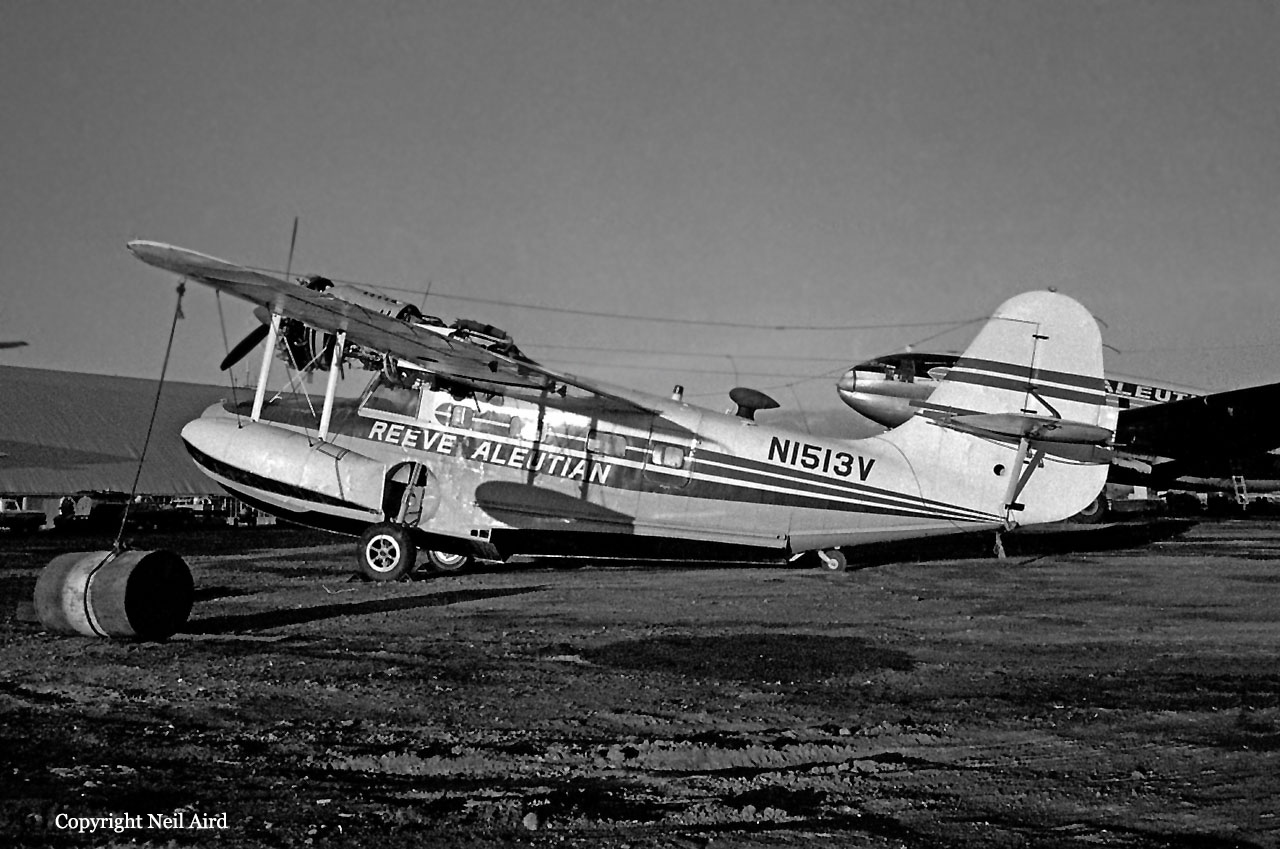Crash of a Douglas DC-6BF in Cold Bay
Date & Time:
Jun 12, 2011 at 1455 LT
Registration:
N600UA
Survivors:
Yes
Schedule:
Togiak - Cold Bay
MSN:
44894/651
YOM:
1956
Crew on board:
4
Crew fatalities:
Pax on board:
0
Pax fatalities:
Other fatalities:
Total fatalities:
0
Captain / Total hours on type:
4000.00
Aircraft flight hours:
37334
Circumstances:
According to the captain, while on approach to land, he distracted the crew by pointing out a boat dock. He said that after touchdown, he realized that the landing gear was not extended, and the airplane slid on its belly, sustaining substantial damage to the underside of the fuselage. He said that the crew did not hear the landing gear retracted warning horn, and the accident could have been prevented if he had not distracted the crew. The captain reported that there were no mechanical malfunctions with the airplane that would have precluded normal operation.
Probable cause:
The flight crew's failure to extend the landing gear, which resulted in an inadvertent wheels up landing. Contributing to the accident was the flight crew's diverted attention.
Final Report:











